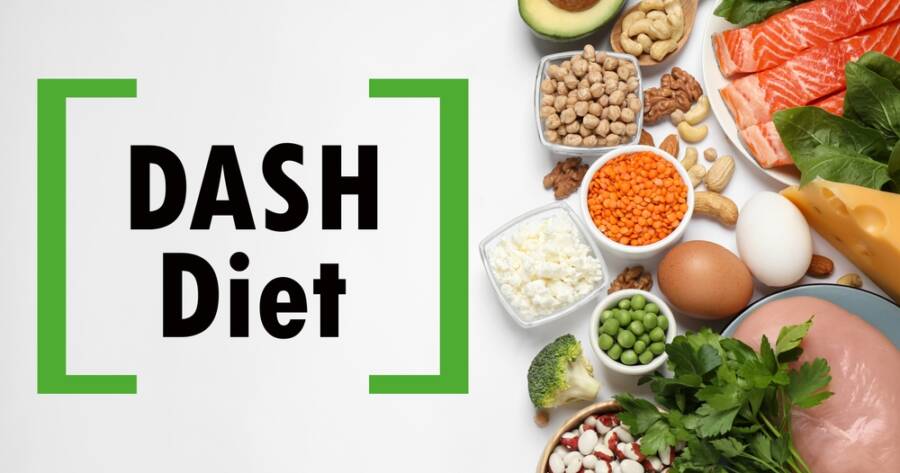High blood pressure is a common health concern in the United States, affecting millions of adults. One of the most widely recommended lifestyle changes for managing it is the DASH diet, short for Dietary Approaches to Stop Hypertension. This eating plan focuses on nutrient-rich foods that are naturally low in sodium and saturated fat. By emphasizing whole foods and balanced portions, the DASH diet can help lower blood pressure, improve heart health, and support overall wellness without feeling overly restrictive.
The Core Principles of the DASH Diet
The DASH diet is built around foods that provide key nutrients known to support healthy blood pressure—potassium, calcium, magnesium, and fiber. Fruits, vegetables, whole grains, lean proteins, and low-fat dairy products are the foundation of the plan. Sodium intake is reduced by limiting processed and packaged foods, which are often the biggest sources of salt in the American diet.
Instead of focusing solely on cutting back on certain foods, the DASH diet encourages adding more nutrient-dense options to your plate. This approach makes it easier to follow in the long term, as it emphasizes variety and flexibility rather than strict limitations.
Building Balanced Meals
A typical DASH diet meal might include grilled chicken with brown rice, steamed broccoli, and a side of fresh fruit. Breakfast could be oatmeal topped with berries and a glass of low-fat milk, while lunch might be a salad loaded with leafy greens, beans, and a light vinaigrette. Snacks often feature nuts, yogurt, or sliced vegetables with hummus.
Portion control is an important part of the plan, as overeating—even healthy foods—can impact blood pressure and weight. The DASH guidelines suggest filling half your plate with vegetables and fruits, one-quarter with whole grains, and one-quarter with lean proteins. Healthy fats, such as olive oil or avocado, can be included in moderation.
Benefits Beyond Blood Pressure
While the DASH diet was originally designed to lower blood pressure, its benefits extend much further. The nutrient-rich, balanced eating plan can also help lower cholesterol levels, reduce the risk of heart disease, and support healthy weight management. The emphasis on whole foods and reduced sodium can improve kidney function and decrease the risk of stroke.
Many people also find that the DASH diet increases their energy levels and improves digestion due to the higher intake of fiber from fruits, vegetables, and whole grains. Over time, these positive changes can contribute to a healthier, more active lifestyle.
Tips for Making the Transition
Shifting to the DASH diet doesn’t have to happen all at once. Start by gradually adding more vegetables to your meals and replacing refined grains with whole grain options. Reducing sodium can be as simple as cooking at home more often and using herbs and spices instead of salt for flavor.
Reading nutrition labels can help you spot hidden sodium in packaged foods. Opt for fresh or frozen vegetables without added sauces, and choose lean cuts of meat or plant-based proteins. Planning meals ahead of time makes it easier to stick to the DASH guidelines and avoid last-minute choices that may be high in salt or saturated fat.
Staying Consistent for Lasting Results
The DASH diet works best as a long-term lifestyle rather than a temporary eating plan. Setting realistic goals and tracking your progress can keep you motivated. Pairing the diet with other healthy habits—such as regular physical activity, managing stress, and getting enough sleep—can enhance its benefits for blood pressure and overall health.
If you have medical conditions or specific dietary needs, consulting a healthcare professional or registered dietitian can help you adapt the DASH diet to your personal circumstances. With consistency and commitment, the changes you make today can lead to lasting improvements in your heart health.
A Heart-Healthy Approach That Lasts
The DASH diet is more than a way to lower blood pressure—it’s a balanced, flexible approach to eating that supports long-term health. By focusing on nutrient-rich foods, reducing sodium, and building meals around whole, minimally processed ingredients, it offers both immediate and lasting benefits.
Whether your goal is to manage hypertension or simply improve your overall well-being, the DASH diet provides a practical, sustainable path toward better health, one plate at a time.

